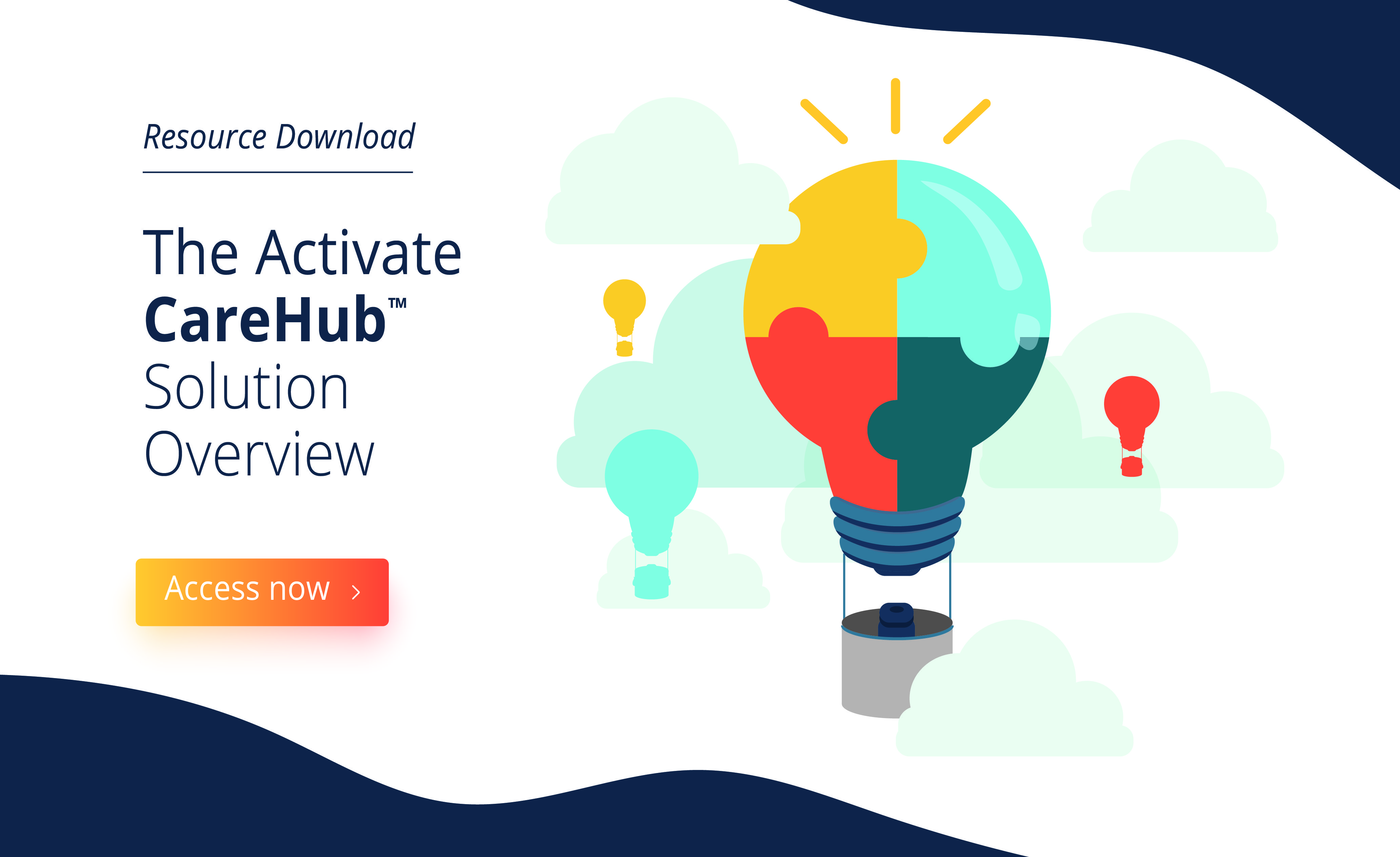46 million Americans live in poverty every day.
On average, 2.5 million children experience homelessness in a year.
There are 353 persistently poor counties in the United States, of which 301 are rural.
The statistics could go on and on, but we believe the epidemic of poverty in the United States must come to an end. January is National Poverty Awareness Month, a month-long initiative to raise awareness and call attention to the growth of poverty in America. Our team’s work in communities across the country has brought the complexity and scale of the challenge to the forefront of our minds every day.
One lesson that our work has taught us is that poverty can be overcome. It is expensive, laborious, and time-consuming work, but communities are making progress. In Marin County, California – where they have a goal to end chronic homelessness by the end of 2022 – their system of care has already reported dramatic improvements in some of poverty's leading indicators:
- 28% reduction in chronic homelessness across the county.
- 40% decrease in homelessness among people with a serious mental illness.
- 28% decrease in family homelessness, and 10% decrease in youth homelessness.
- 10% decrease in homelessness among people with substance-use disorders.
- 54% decrease in the use of emergency medical service personnel by the chronically homeless who have been housed, and 86% decrease in 911 police calls.
- 44% reduction in hospital stays among the homeless.
How is Marin County fighting poverty?
Marin County’s strategy to reduce poverty integrates the expertise of care providers across the healthcare, public health, social services, and behavioral health systems, along with other county departments and community providers. Their collaborative approach to treating people in need is called Whole Person Care, and this approach uses Medicaid dollars to pay for a person’s health and social needs and allows for data sharing across sectors. There are several key elements of their strategy, including:
- Housing First, which focuses on getting people into permanent housing, with supportive services if necessary, as quickly as possible.
- Coordinated Entry, which means people experiencing housing insecurity can more easily and efficiently access services wherever they seek help.
- Data exchange across sectors, by deliberately connecting disparate information systems and sharing data across the care continuum.
- Cross-sector partnerships to keep collaboration productive and focused on breaking down silos to best serve those in need.
Is poverty a treatable condition?
We believe it is. Poverty is a health and social condition that, like any other, is brought on and exacerbated by negative exposures to the social determinants of health. While we recognize the agency of each of us as individuals in control of our lives, it does no good to perpetuate the stigma of poverty as a character flaw. Communities like Marin County are showing us enlightened ways of improving community health and reducing poverty that actually save money and change lives for the better. These creative solutions are lighting the way to a better future, and we are grateful to be a part of this good work.
